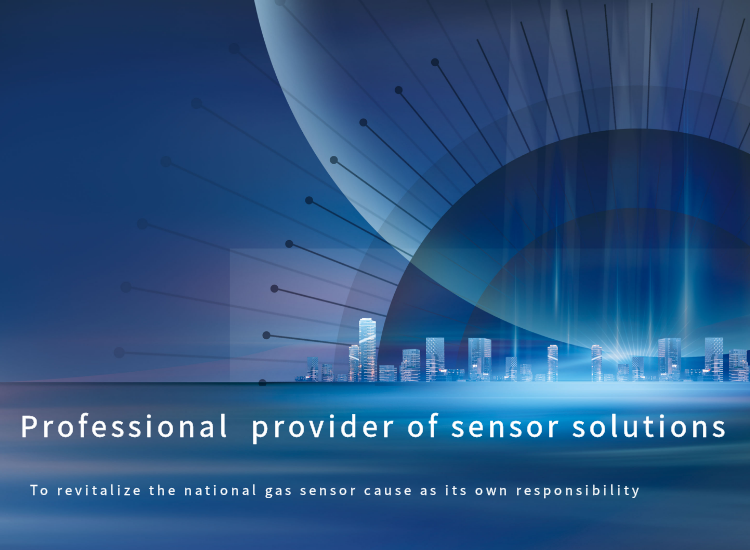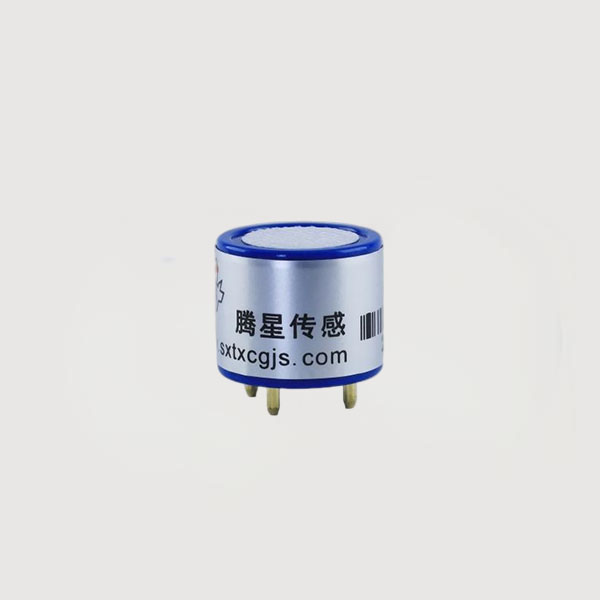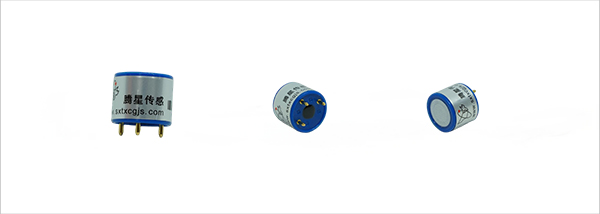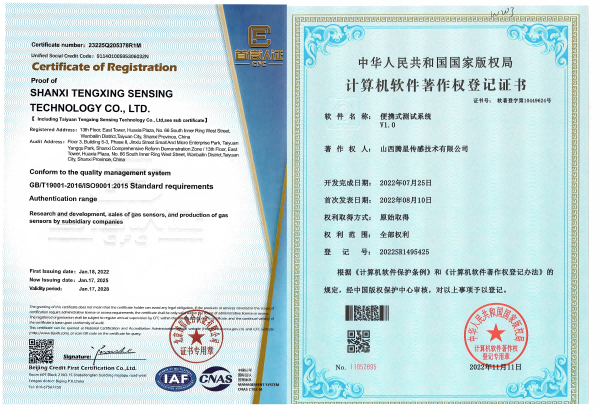

 Products
Products CH2O Sensor
CH2O Sensor
Application:
Used for formaldehyde detection in industrial and environmental protection fieldsProduct characteristics:
Low power consumptionDescription
MQ-E3-CH2O formaldehyde sensor is a constant potential electrolytic sensor. Formaldehyde and oxygen undergo corresponding redox reactions on the working electrode and the counter electrode and release charges to form current. The magnitude of the current generated is proportional to the concentration of formaldehyde. The formaldehyde concentration can be determined by testing the magnitude of the current.
Product images

Technical specifications
| Product model | MQ-E3-CH2O |
| Detection gas | CH2O |
| Range | 0~10ppm |
| Max Range | 100ppm |
| Sensitivity | (11.8±6)µA/ppm |
| Resolution | 0.1ppm |
| Response time(T90) | ≤90S |
| Bias voltage | 300mV |
| Load resistance(recommend) | 10Ω |
| Repeatability | <2% output data |
| Stability(/month) | <2% |
| Output linearity | Linear |
| Zero drift(-20℃~40℃) | -0.03ppm~0.03ppm |
| Temperature range | -20~50℃ |
| Humidity range | 15%~90% RH(No condensation) |
| Pressure range | Standard atmospheric pressure ±10% |
| Usage Life | 2 years(in air) |
Basic circuit
Cross-interference characteristics
The MQ-E3-CH2O sensor also responds to other gases besides the target gas. The response characteristics of the sensor to several common interfering gases are listed in the table below for reference. The data in the table are typical responses of interfering gases at given concentrations.
| Gas | concentration/ppm | MQ-E3-CH2O/ppm |
| HCHO | 1 | 1 |
| C2H3CL | 100 | 8 |
| C2H4O | 10 | 1 |
| C4H10O | 50 | 1.5 |
| C2H4O2 | 50 | 1 |
| C6H6 | 50 | 1.5 |
| C7H8 | 50 | 2.3 |
| C8H10 | 50 | 3 |
| CHCL3 | 50 | 0.8 |
| CO | 200 | 6 |
| C2H6O | 300 | 19 |
| H2S | 50 | 7 |
| SO2 | 20 | 0.7 |
| CL2 | 10 | 0.07 |
Application
Widely used for formaldehyde detection in industrial and environmental protection fields.

Production workshop

Certificate Qualification

TenSensor, China's first listed gas sensor company,Tensensor can provide more than 100 varieties of six series including:
semiconductor gas sensor
electrochemical gas sensor
infrared gas sensor
dust sensor
pyroelectric sensor
thermopile sensor, etc.
which can be used for more than 200 kinds of gas and infrared, dust and other indicators detection, widely used in the field of security for detecting gas leakage, noxious gas leakage, smog and fire, the field of family, office and factory for detecting HCHO, VOC, CO2, PM2.5 and so on.
Moreover, the solutions for security, household electrical appliances, consumer electronics, smart home, instruments and meters are available.
For more information about MQ-E3-CH2O sensor, please contact account manager.
TEL:0086-0351-5249552
Whatsapp:+86 18335818384
Email:[email protected]
Request Consultation